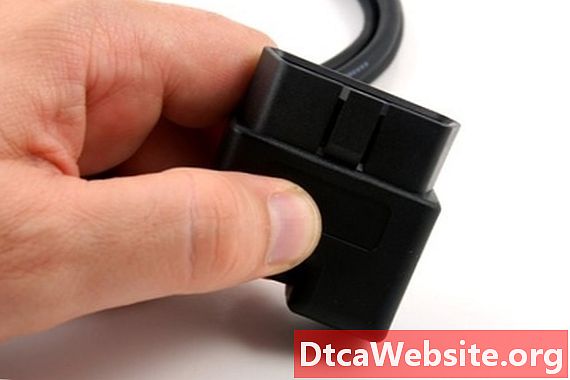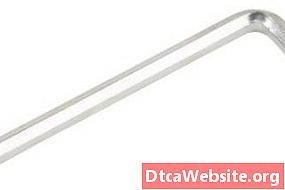
Contenu

Reading the engine codes on a 1997 Chevy truck was standardized with the implementation of on-board diagnostics 2 (OBD-II) in 1996. This allowed repair stations and dealership service centers to use the same equipment and the engine codes for most all vehicles. While there are several hundred engine codes, all OBD-II codes under 900 are generic while any over 900 are vehicle-specific; geared towards that year, make and model. OBD-II also equipped vehicles with the exact same data/diagnostic link connectors, so the same scanners can be used for all vehicles.
Step 1
Open the drivers side door and locate the data/diagnostic link connector (DLC) under the dashboard. All 1997 Chevy truck models positioned the DLC on the lower side of the dashboard to the left of the steering column.
Step 2
Attach the trapezoid-shaped plug of the pocket scanner to the DLC outlet. Because of its shape, there is only one proper way to connect the plug to the DLC.
Step 3
Place the ignition key into the ignition and then turn the key two clicks forward. This is also referred to as the "ll" position or the KE/EO (key-on/engine-off) position.
Step 4
Follow the directions in the pocket scanner manual to operate the scanner correctly. While several different manufacturers make OBD-II pocket scanners, the scroll button(s) and on-screen menu of the scanner makes them virtually self-explanatory. Most are empowered by the vehicles battery reserve power, but some may also feature an on/off button.
Step 5
Select the option on the on-screen menu to "read codes" or "DTCs" (diagnostic trouble codes).
Step 6
Click the "select," "enter" or "read" button on the scanner.
Step 7
Compare the code(s) to the online or ed OBD-II diagnostic trouble codes guide. Some higher codes (over 900) may require getting the information from the dealership because they are vehicle-specific codes.
Turn the ignition key back to the off position once the engine code(s) have been compared and diagnosed, then unplug the scanner from the DLC.
Tips
- The most common codes are powertrain codes, which begin with the letter "P" followed by a four-digit number. There can also be body codes, which would start with the letter "B," and chassis codes, which would begin with the letter "C."
- Some higher-priced pocket scanners may offer a brief description of the trouble code, as the online or ed copy of an OBD-II diagnostic trouble code manual would do. Other lower-priced models may only display the actual trouble code, which would require the manual to look up the code.
Items you will need
- Pocket scanner with operating manual (see Resources)
- Online or OBD-II diagnostic trouble code guide


